Home>Furniture & Design>Bathroom Accessories>How Does The Toothbrush Work
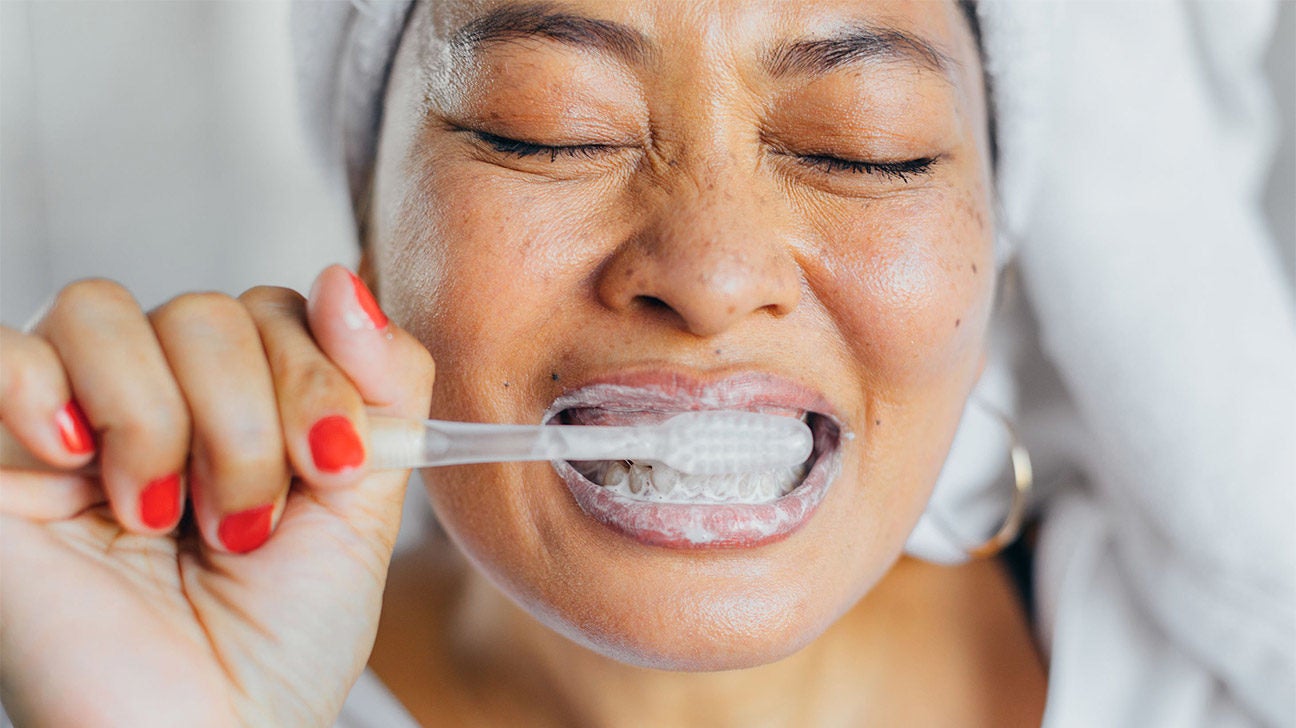

Bathroom Accessories
How Does The Toothbrush Work
Modified: February 18, 2024
Discover how bathroom accessories like the toothbrush work to keep your teeth clean and healthy. Learn about the science behind this essential tool.
(Many of the links in this article redirect to a specific reviewed product. Your purchase of these products through affiliate links helps to generate commission for Storables.com, at no extra cost. Learn more)
Introduction
The toothbrush is a fundamental tool in our daily hygiene routine, playing a crucial role in maintaining oral health. It is a simple yet ingenious device that has evolved over centuries to become an essential part of our daily lives. Understanding how the toothbrush works and its components can provide valuable insights into the importance of proper oral care.
The toothbrush is a small but mighty instrument that aids in the removal of plaque, food particles, and bacteria from the teeth and gums. Its design and functionality are carefully crafted to ensure effective cleaning and protection against oral diseases. By delving into the structure, function of bristles, role of the handle, and the significance of toothbrush design, we can gain a deeper appreciation for this everyday tool that contributes to our overall well-being.
Key Takeaways:
- The toothbrush is a carefully designed tool with a handle, head, and bristles that work together to remove plaque and bacteria, promoting oral health and a brighter smile.
- Bristles are the unsung heroes of the toothbrush, designed to reach all areas of the mouth, cater to different oral care needs, and enhance the appearance of teeth.
Read more: How Does An Electric Toothbrush Work
The Structure of a Toothbrush
The structure of a toothbrush is ingeniously designed to fulfill its primary function of cleaning the teeth and gums effectively. Understanding its components can provide valuable insights into the intricate design that makes it a powerful tool for oral hygiene.
-
Handle: The handle of a toothbrush is typically made of plastic or bamboo, providing a comfortable grip for maneuvering the brush during use. It is ergonomically shaped to fit comfortably in the hand, allowing for precise control and movement while brushing. The handle's design ensures that the user can apply the right amount of pressure without causing discomfort.
-
Head: The head of the toothbrush holds the bristles and is strategically sized to fit comfortably in the mouth while allowing access to all teeth surfaces. It is usually small enough to reach the back molars and other challenging areas, ensuring thorough cleaning.
-
Bristles: The bristles are the most crucial part of the toothbrush. They are typically made of nylon and are arranged in a pattern that maximizes their cleaning efficiency. The bristles come in different levels of softness to cater to varying oral care needs, ensuring that they can effectively remove plaque and debris without causing damage to the teeth or gums.
-
Bristle Pattern: The arrangement of the bristles is carefully designed to optimize cleaning performance. Some toothbrushes have angled bristles to reach between teeth and along the gum line, while others have polishing cups to effectively remove surface stains.
-
Neck: The neck of the toothbrush connects the head to the handle, allowing for flexibility and movement during brushing. It is designed to withstand the forces applied during brushing while maintaining the optimal angle for reaching different areas of the mouth.
The intricate structure of a toothbrush reflects the thoughtful consideration given to its design, ensuring that it can effectively remove plaque, food particles, and bacteria from the teeth and gums. Each component plays a vital role in enhancing the overall cleaning performance, making the toothbrush an indispensable tool for maintaining oral health.
The Function of Bristles
The bristles of a toothbrush are the unsung heroes that bear the primary responsibility for cleaning our teeth and gums. Comprising fine nylon strands, these bristles are strategically arranged to effectively remove plaque, food particles, and bacteria from the mouth. Their functionality goes beyond mere scrubbing; they play a pivotal role in maintaining oral hygiene and preventing oral diseases.
The primary function of the bristles is to dislodge and remove plaque, a sticky film of bacteria that accumulates on the teeth. Plaque is a notorious culprit in causing tooth decay and gum disease, making its thorough removal crucial for oral health. The bristles work diligently to disrupt and remove this plaque, preventing it from hardening into tartar, which can only be removed by a dental professional.
Moreover, the bristles are designed to reach the challenging nooks and crannies of the mouth, including the spaces between teeth and along the gum line. This targeted approach ensures that no area is left untouched, effectively preventing the buildup of plaque and food debris in hard-to-reach areas.
The varying levels of bristle softness cater to different oral care needs. Soft bristles are gentle on the gums, making them suitable for individuals with sensitive gums or those prone to gum recession. Medium and hard bristles, on the other hand, provide more vigorous cleaning for individuals with a higher tolerance for firm bristles. The availability of different bristle options allows users to select the most suitable toothbrush based on their specific oral care requirements.
Furthermore, the design of the bristles contributes to their polishing effect, effectively removing surface stains and enhancing the overall appearance of the teeth. This polishing action, combined with the removal of plaque and debris, contributes to a brighter and healthier smile.
In essence, the bristles of a toothbrush are meticulously crafted to fulfill their vital role in oral care. Their ability to remove plaque, reach challenging areas, cater to varying oral care needs, and enhance the appearance of the teeth underscores their indispensable function in maintaining optimal oral health.
When using a toothbrush, make sure to brush in gentle, circular motions to effectively remove plaque and food particles from your teeth and gums. Don’t forget to brush the back of your teeth and your tongue to keep your whole mouth clean.
The Role of the Handle
The handle of a toothbrush may seem like a simple component, but its role is pivotal in ensuring effective and comfortable oral care. This often-overlooked part of the toothbrush serves as the user's connection to the bristles, playing a crucial role in maneuvering the brush and applying the right amount of pressure during brushing.
The ergonomic design of the handle is crafted to fit comfortably in the hand, allowing for a secure grip and precise control during brushing. This is particularly important as it enables individuals to navigate the toothbrush around the mouth with ease, reaching all areas for thorough cleaning. The handle's shape and texture are carefully considered to prevent slippage, ensuring that users can maintain a firm grip even when the brush is wet.
Moreover, the length of the handle contributes to the user's ability to reach the back teeth and other challenging areas of the mouth. A well-proportioned handle allows for adequate reach without causing strain or discomfort, ensuring that no tooth is left unattended during the brushing process.
The handle also plays a crucial role in determining the brushing technique. Whether employing the recommended circular motion or gentle back-and-forth strokes, the handle provides the necessary leverage and control to execute the desired brushing technique effectively. This is particularly important for individuals with specific oral care needs, such as those with sensitive gums or dental work, as the handle allows for tailored brushing techniques to accommodate these requirements.
Furthermore, the handle's material and construction contribute to the overall durability and longevity of the toothbrush. Whether made of plastic, bamboo, or other materials, the handle is designed to withstand the forces applied during brushing, ensuring that it remains intact and functional over an extended period.
In essence, the handle of a toothbrush serves as the conduit through which the user's intentions and actions are translated into effective oral care. Its ergonomic design, grip-enhancing features, length, and material all contribute to the overall brushing experience, making it an indispensable component of the toothbrush's functionality.
The Importance of Toothbrush Design
The design of a toothbrush is not merely a matter of aesthetics; it is a critical factor that directly influences its effectiveness in maintaining oral hygiene. Every aspect of the toothbrush's design, from the arrangement of bristles to the shape of the handle, is meticulously crafted to optimize its cleaning performance and user experience.
One of the key elements of toothbrush design is the arrangement and configuration of the bristles. The strategic placement of bristles, including their length, density, and pattern, directly impacts their ability to reach and clean all surfaces of the teeth and gums. Whether it's the inclusion of angled bristles for interdental cleaning or polishing cups for stain removal, the design of the bristle layout is tailored to maximize cleaning efficiency.
Furthermore, the choice of bristle material and softness levels is a crucial aspect of toothbrush design. Different individuals have varying oral care needs, and the availability of soft, medium, and hard bristles ensures that users can select a toothbrush that aligns with their specific requirements. This thoughtful consideration in design caters to a diverse range of users, promoting inclusivity in oral care.
The head size and shape of the toothbrush also play a pivotal role in its design. A well-proportioned head allows for comfortable maneuverability within the mouth, ensuring that all teeth, including hard-to-reach molars, receive thorough cleaning. Additionally, the shape of the head is designed to provide optimal access to different areas of the mouth, contributing to comprehensive plaque removal and overall oral health.
The handle design is another critical aspect of toothbrush functionality. Its ergonomic shape, texture, and length are carefully considered to provide users with a comfortable and secure grip, enabling precise control during brushing. The handle's design directly influences the user's ability to apply the right amount of pressure and execute recommended brushing techniques, contributing to effective plaque removal and gum care.
Moreover, the overall durability and sustainability of the toothbrush are integral considerations in its design. Whether it's the choice of eco-friendly materials or the incorporation of recyclable components, sustainable design practices contribute to reducing environmental impact while ensuring the longevity of the toothbrush.
In essence, the importance of toothbrush design cannot be overstated. It is the culmination of thoughtful engineering and user-centric considerations, aimed at delivering an effective, comfortable, and sustainable oral care experience for individuals of all ages and oral care needs.
Read more: How Does A Sonic Toothbrush Work
Conclusion
The toothbrush, a seemingly simple yet ingeniously designed tool, plays a pivotal role in maintaining optimal oral health. From its carefully structured components to its meticulous design, every aspect of the toothbrush is geared towards ensuring effective cleaning and a comfortable brushing experience.
The structure of a toothbrush, encompassing the handle, head, bristles, bristle pattern, and neck, reflects a thoughtful approach to oral care. Each component is strategically crafted to facilitate thorough plaque removal, access hard-to-reach areas, and provide durability for long-term use. The functionality of the bristles, with their ability to dislodge plaque, reach interdental spaces, cater to varying softness preferences, and enhance the appearance of the teeth, underscores their indispensable role in oral hygiene.
The handle of the toothbrush, often overlooked, serves as the user's connection to the bristles, enabling precise control, comfortable maneuverability, and the application of recommended brushing techniques. Its ergonomic design, grip-enhancing features, and durability contribute significantly to the overall brushing experience.
Furthermore, the importance of toothbrush design cannot be overstated. Every element, from the arrangement of bristles to the choice of materials, is meticulously crafted to optimize cleaning performance, cater to diverse oral care needs, and promote sustainability.
In conclusion, the toothbrush stands as a testament to the fusion of functionality and thoughtful design. Its role in maintaining oral health goes beyond mere cleaning; it embodies a commitment to promoting overall well-being. By understanding the intricacies of its structure, the functionality of its components, and the significance of its design, we can truly appreciate the profound impact of this everyday tool on our oral hygiene and overall health.
Frequently Asked Questions about How Does The Toothbrush Work
Was this page helpful?
At Storables.com, we guarantee accurate and reliable information. Our content, validated by Expert Board Contributors, is crafted following stringent Editorial Policies. We're committed to providing you with well-researched, expert-backed insights for all your informational needs.
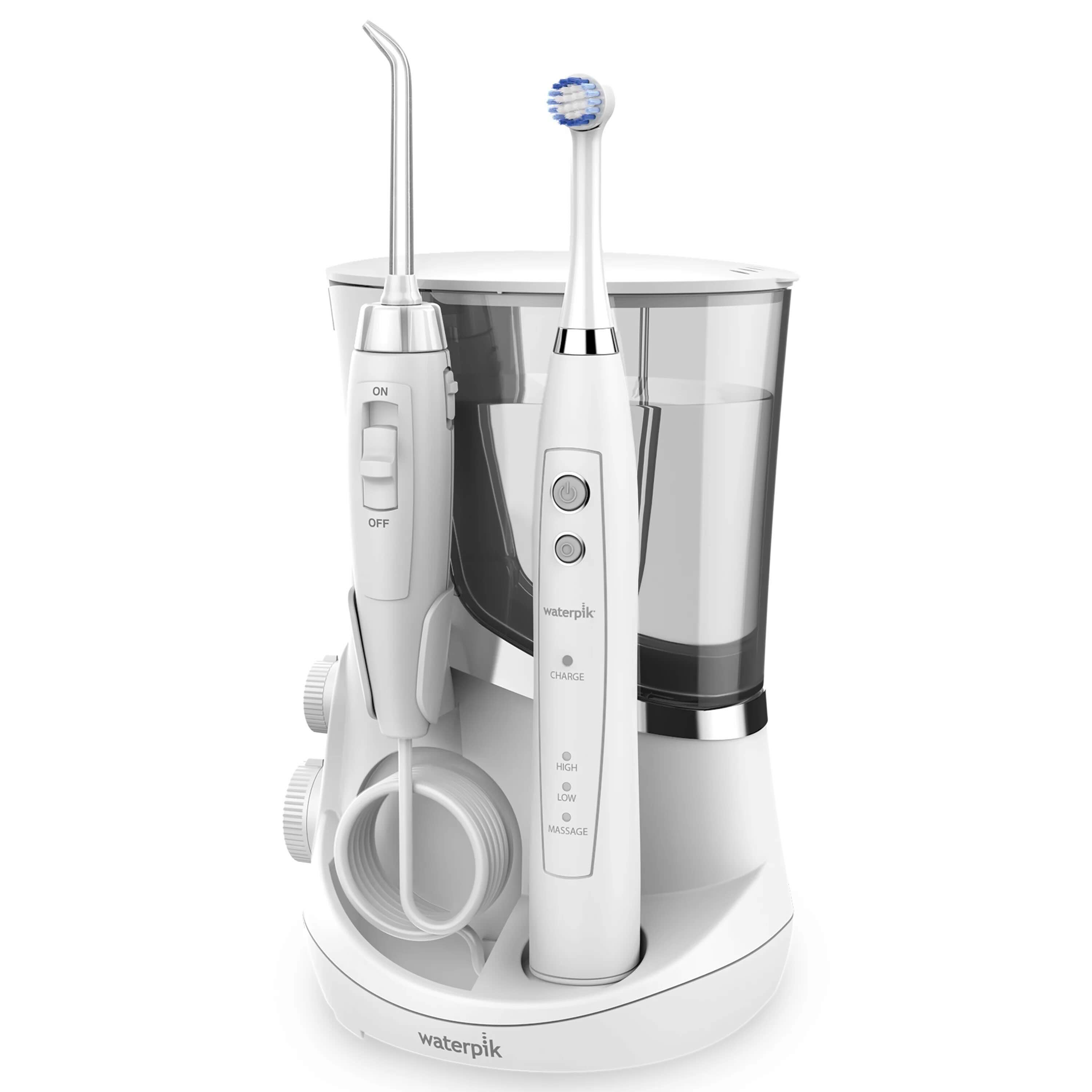
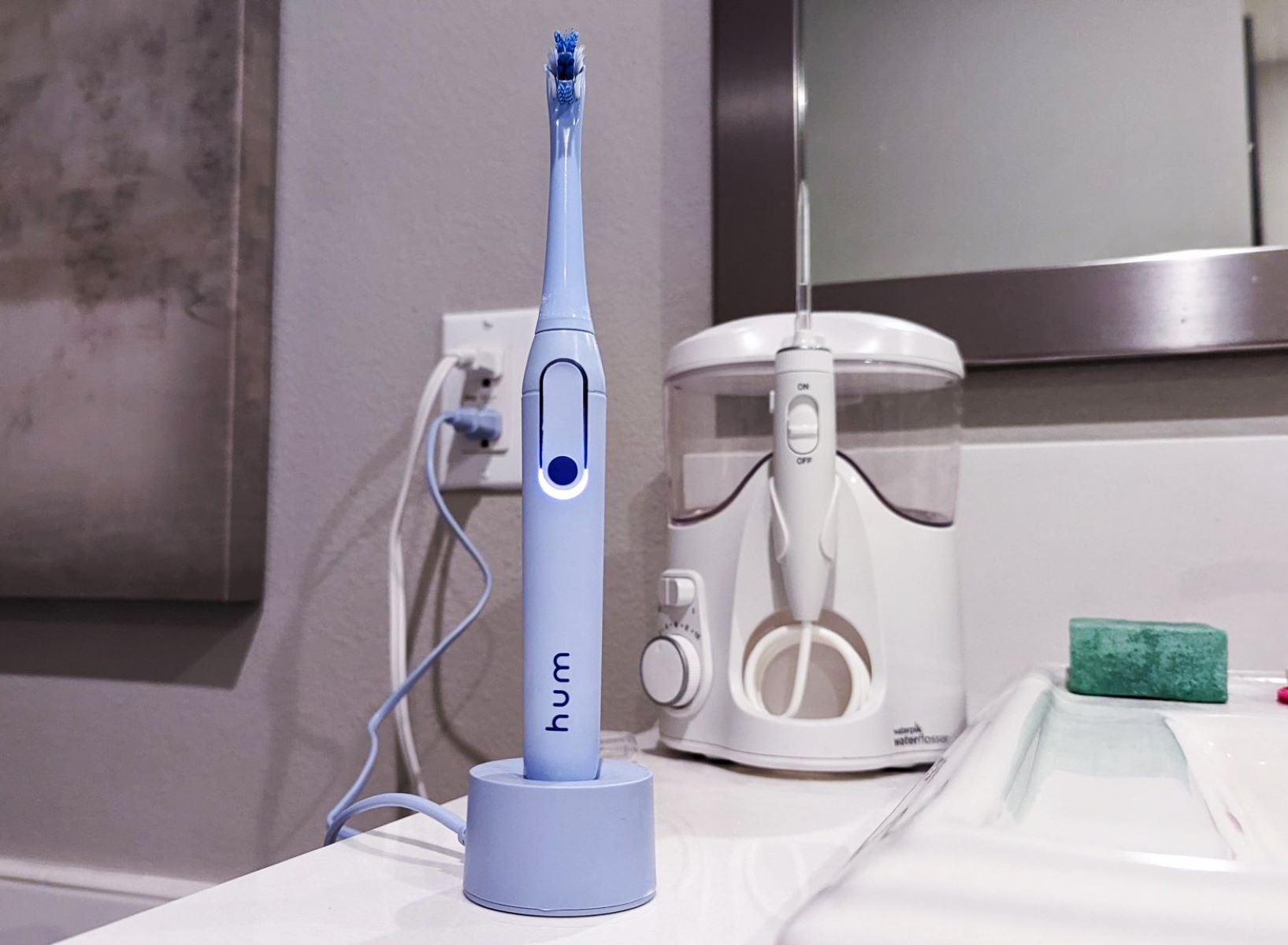
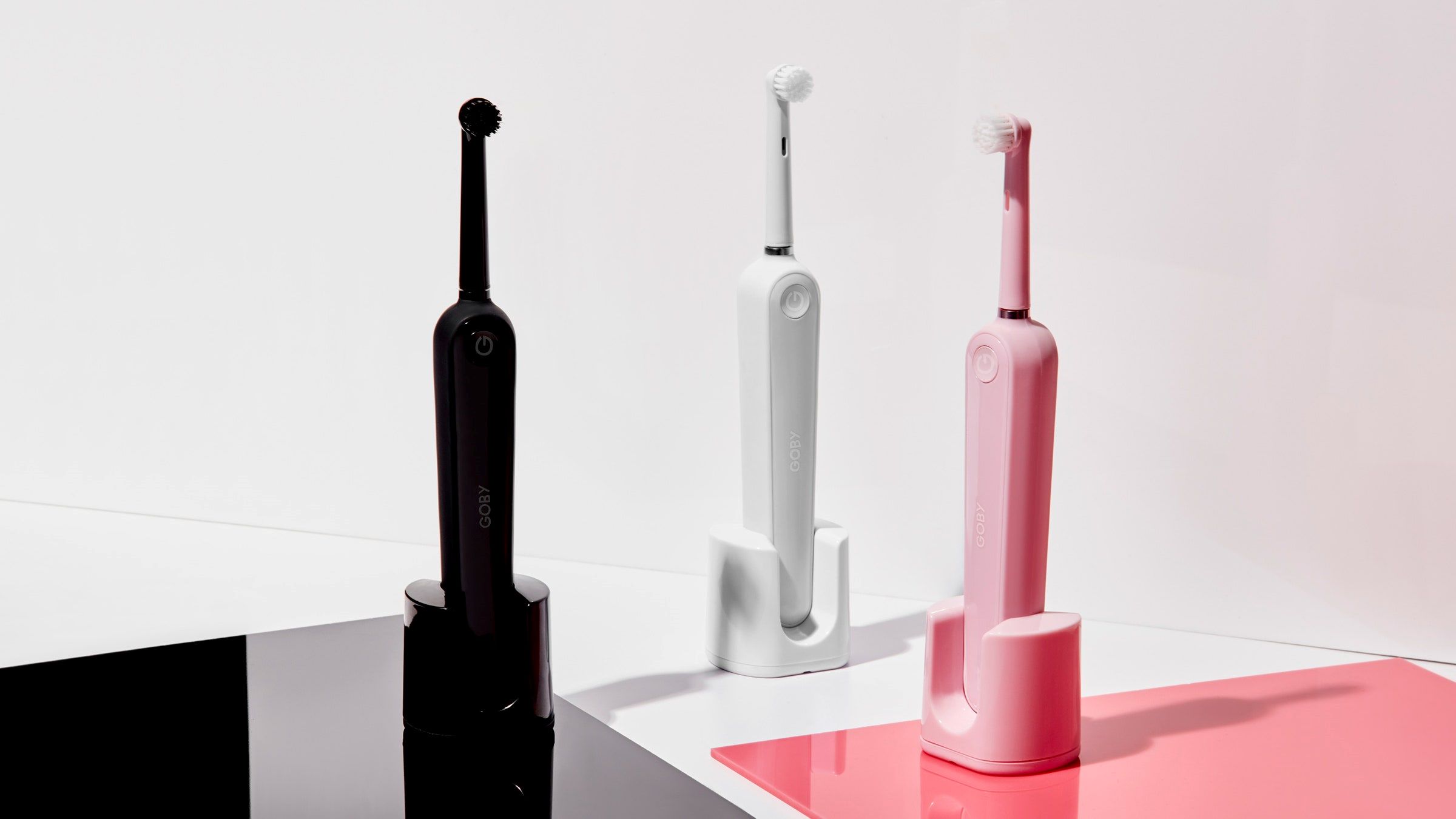

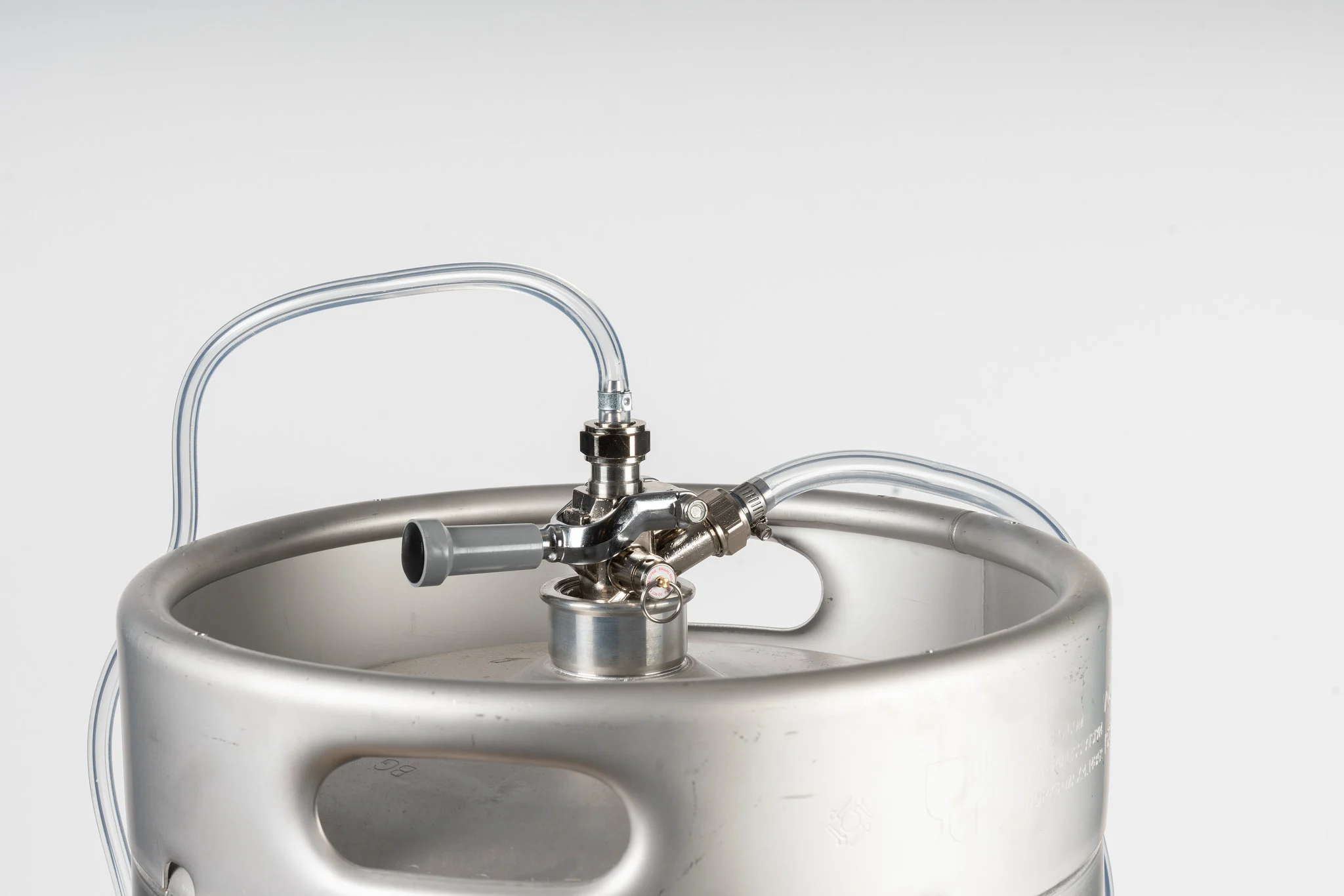
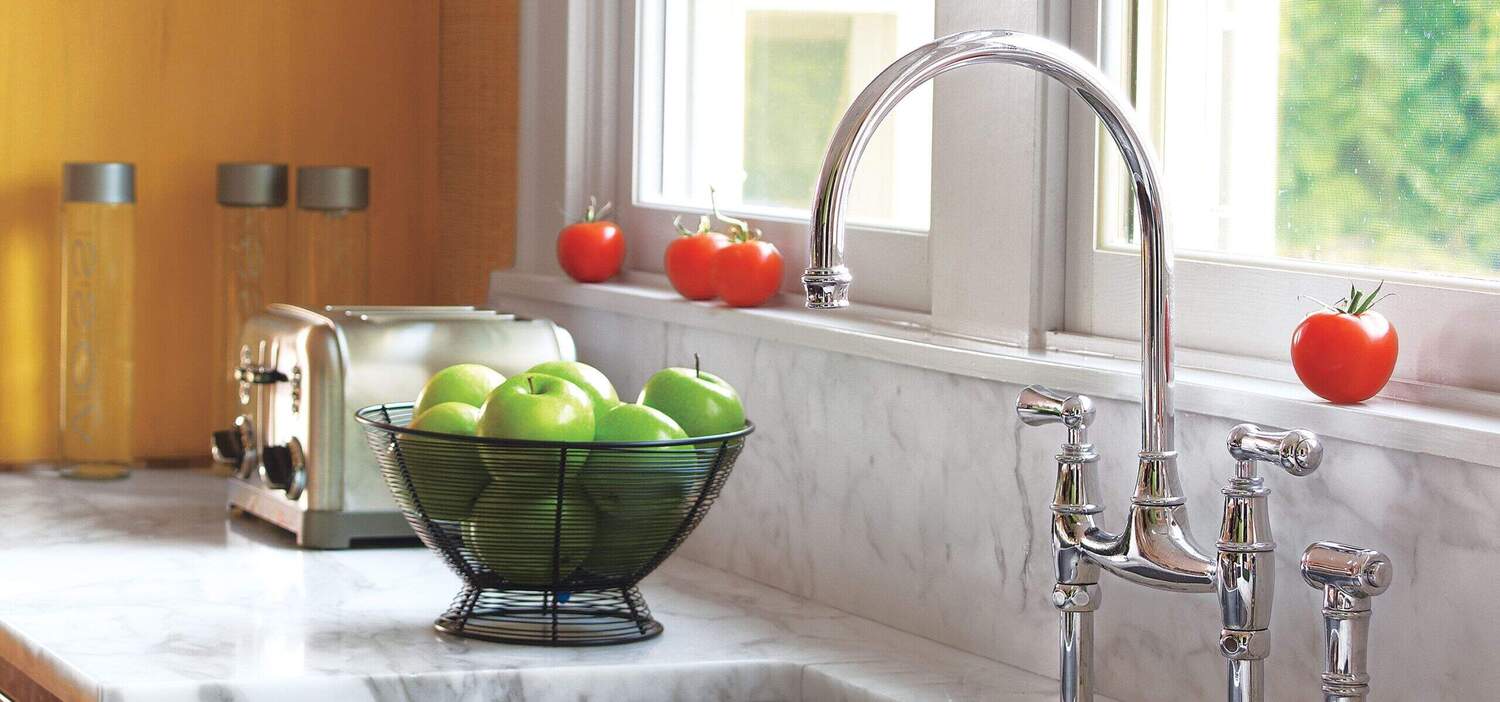
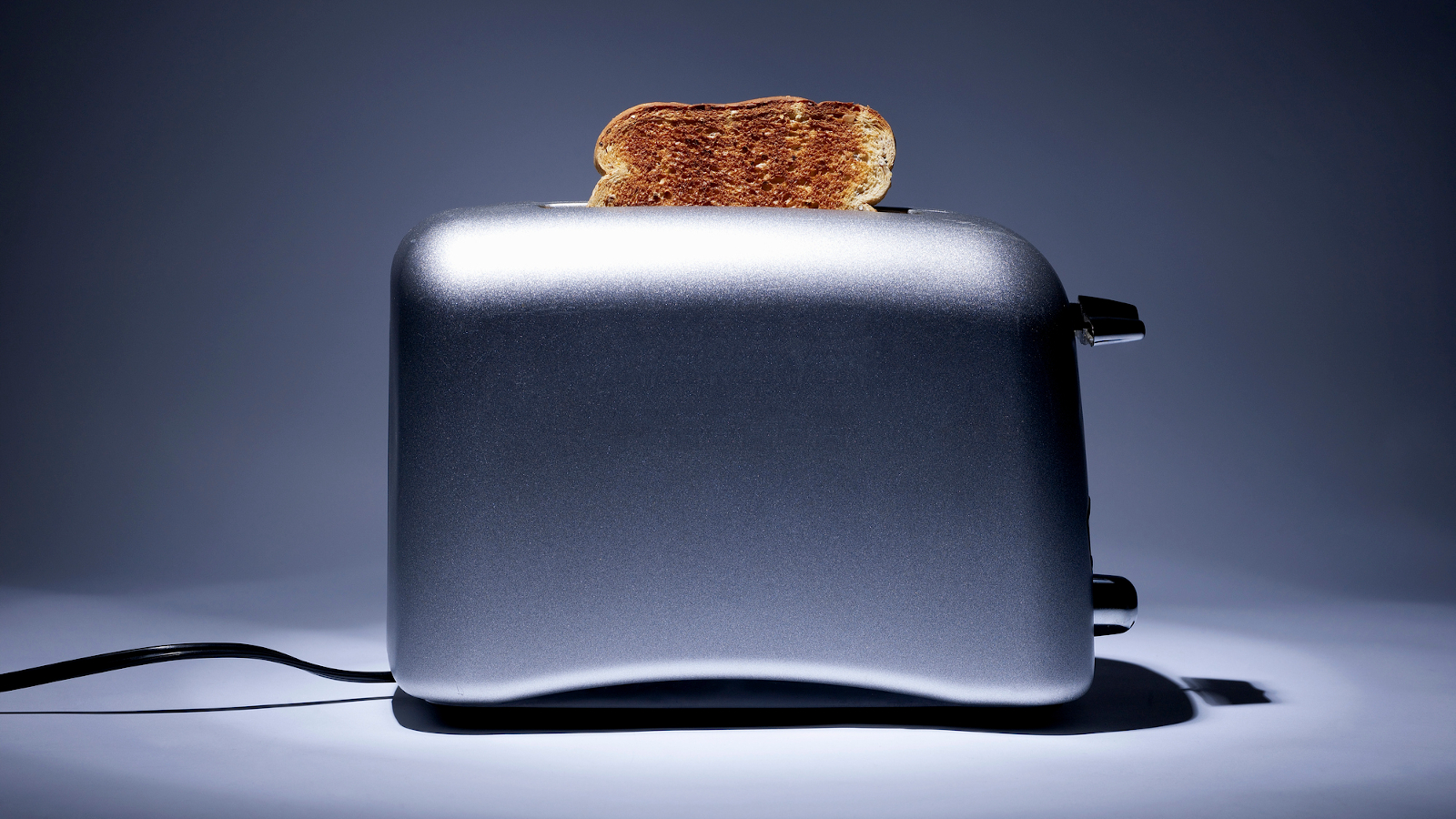


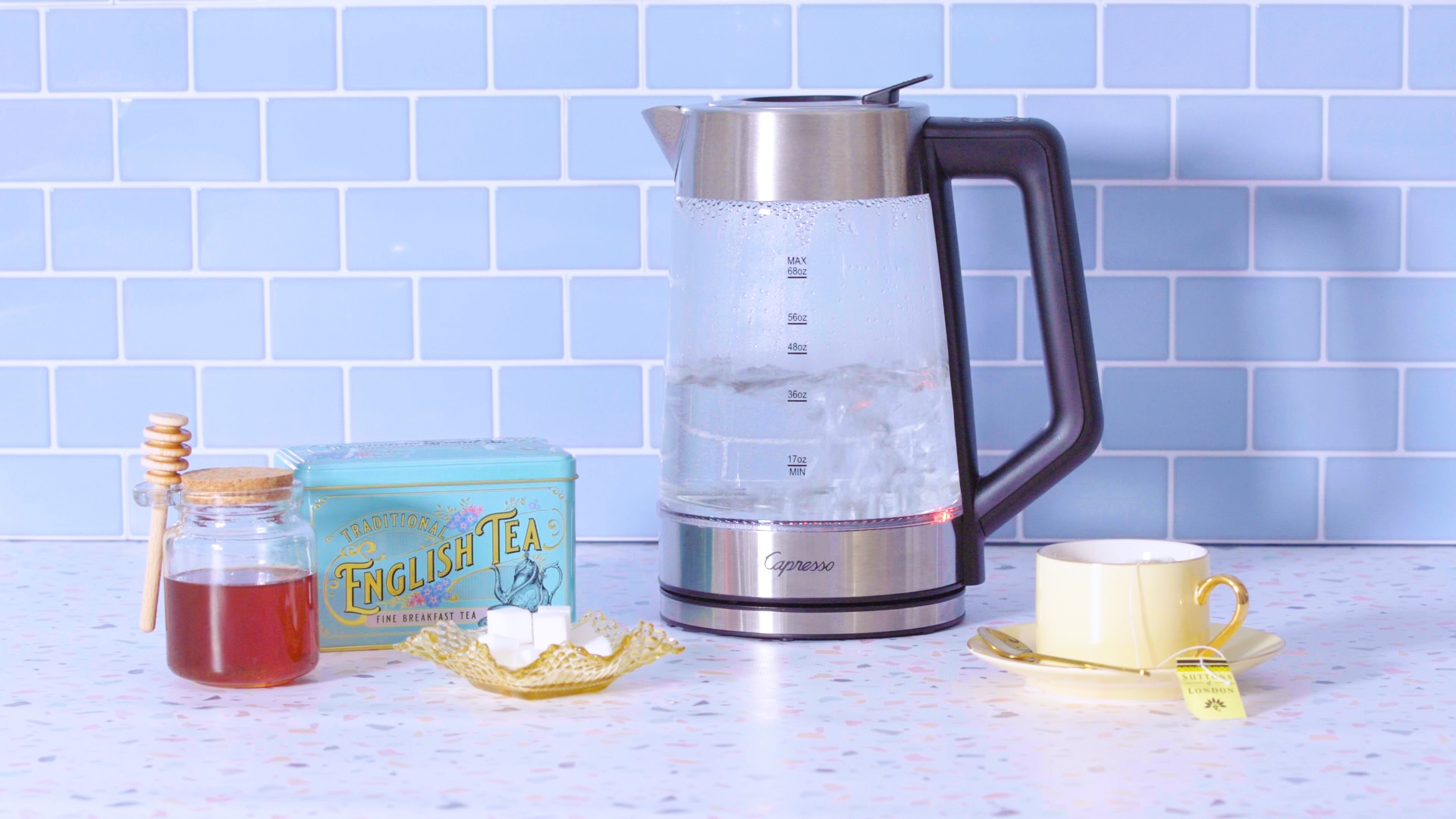
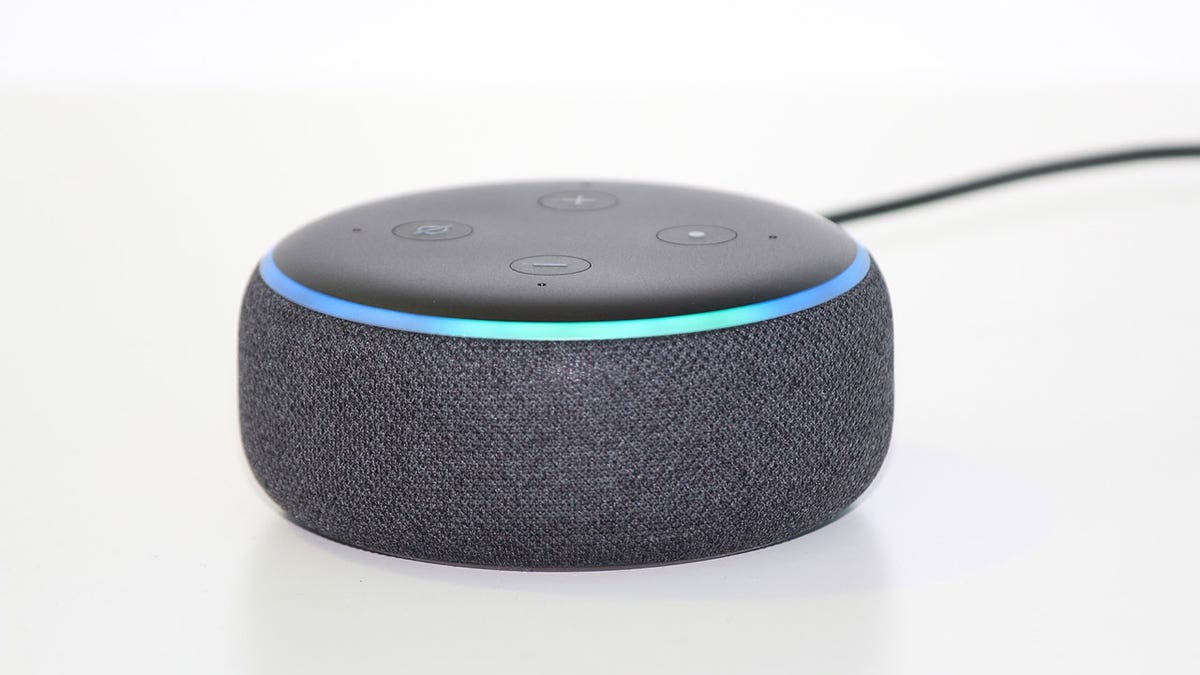

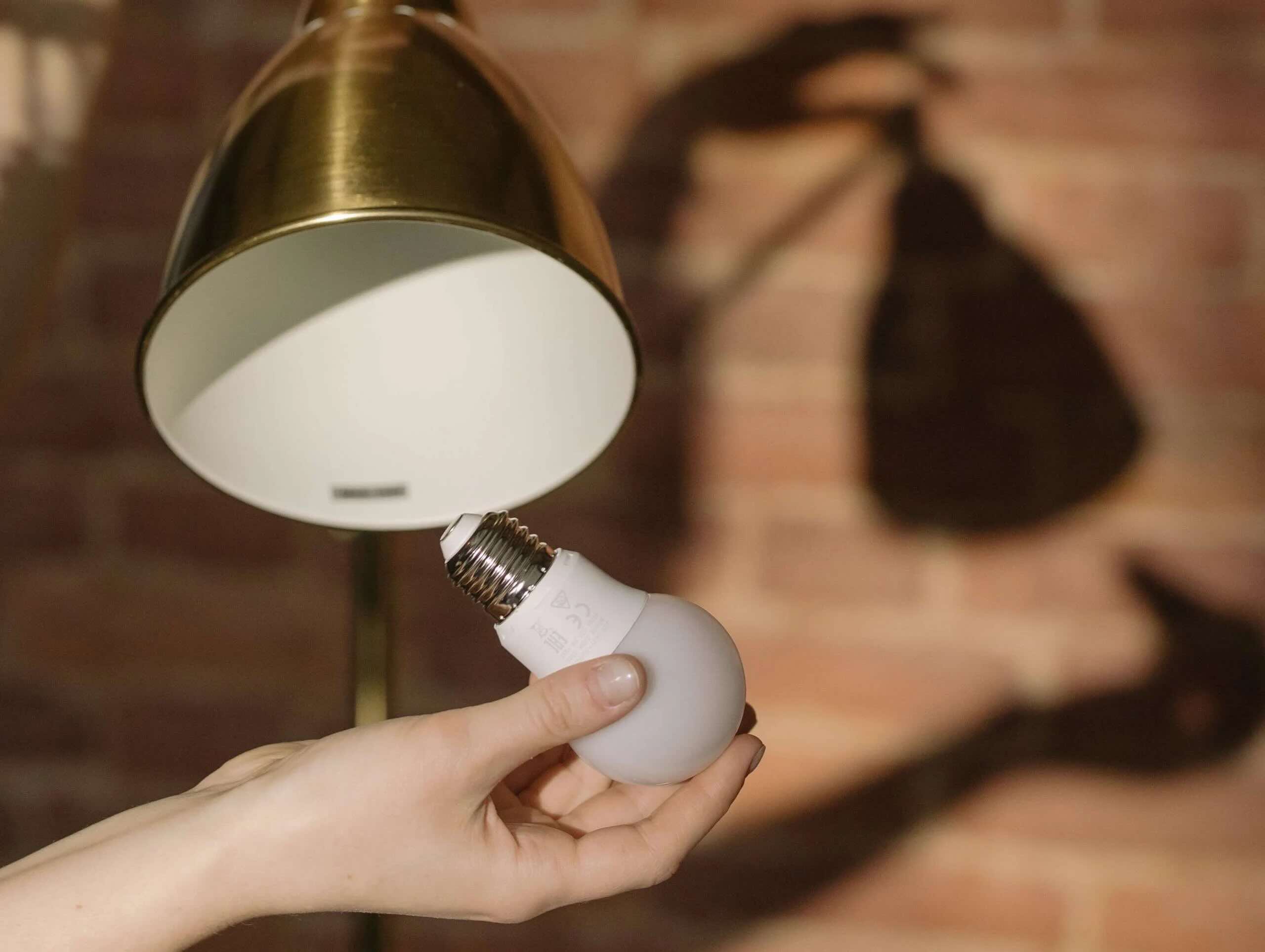


0 thoughts on “How Does The Toothbrush Work”